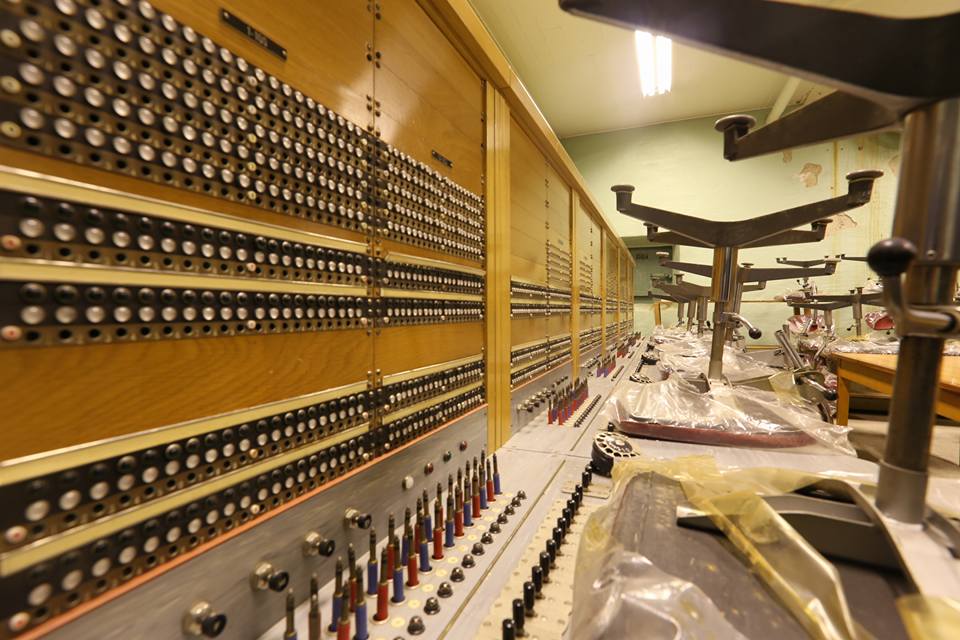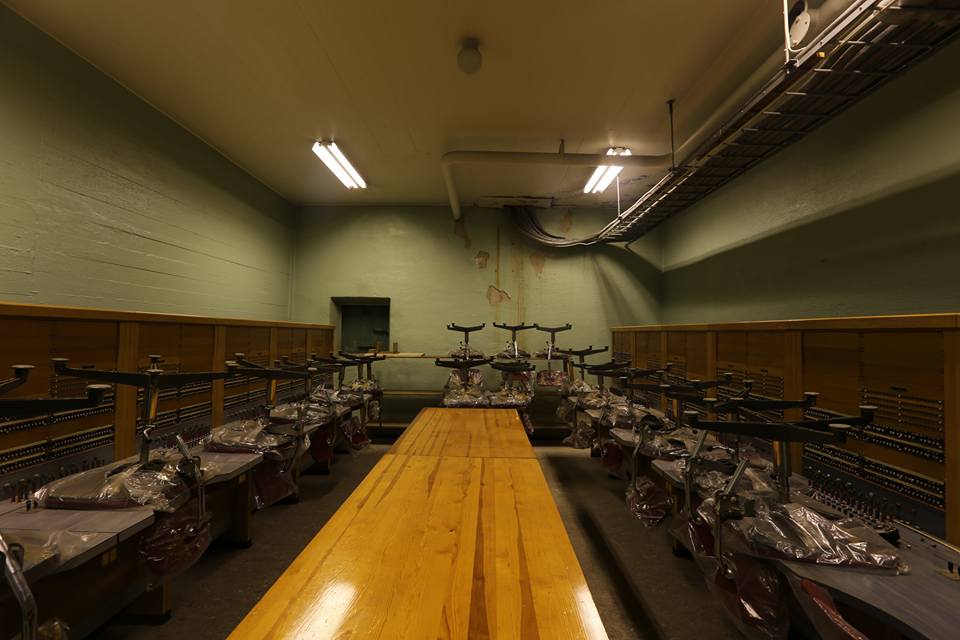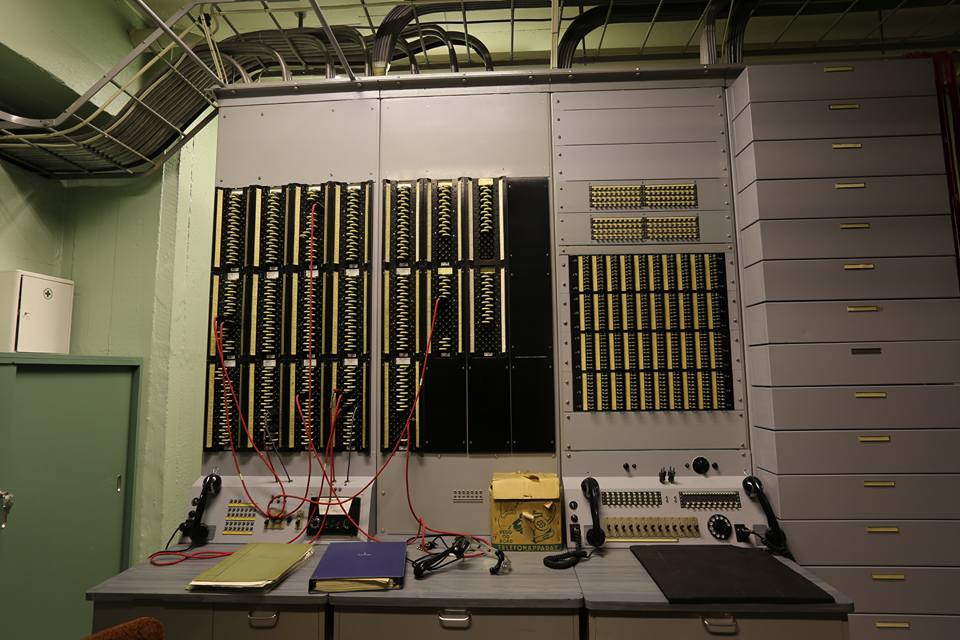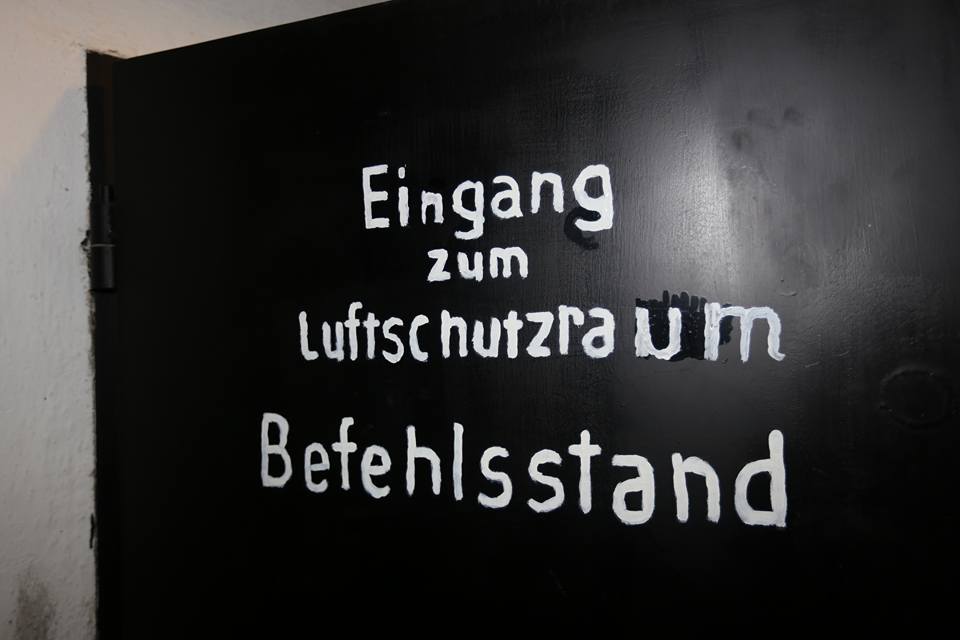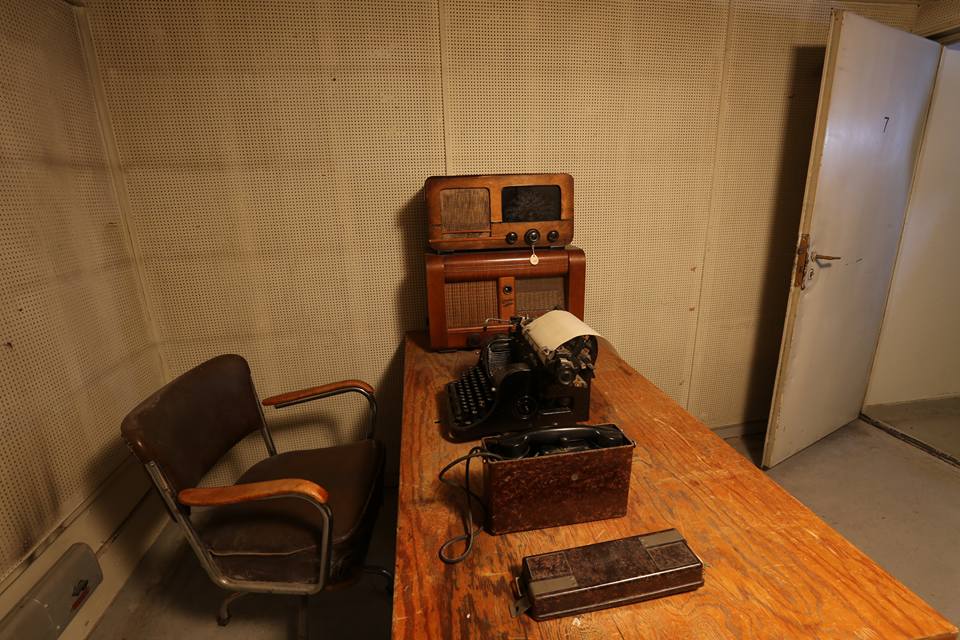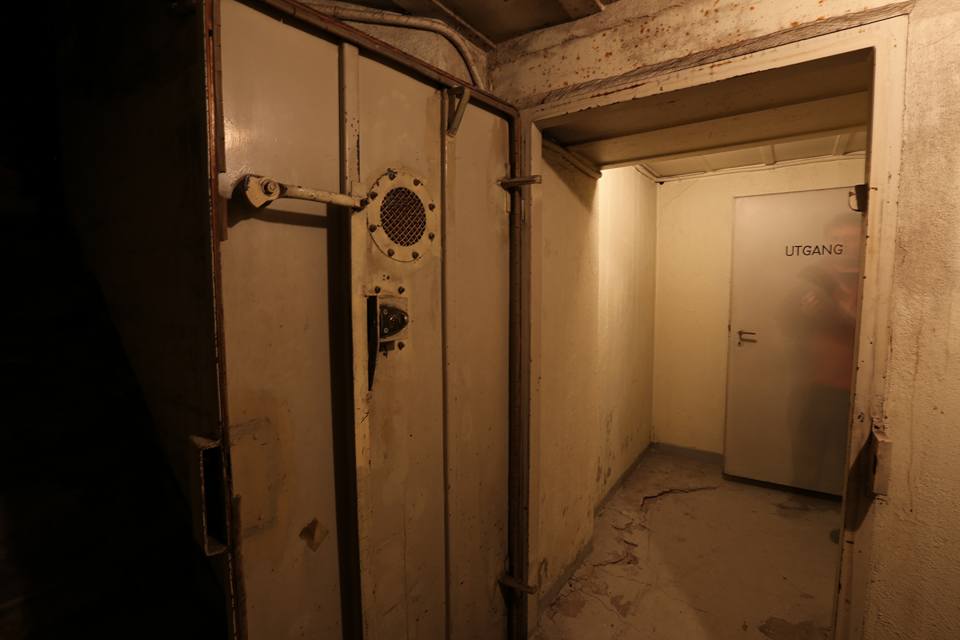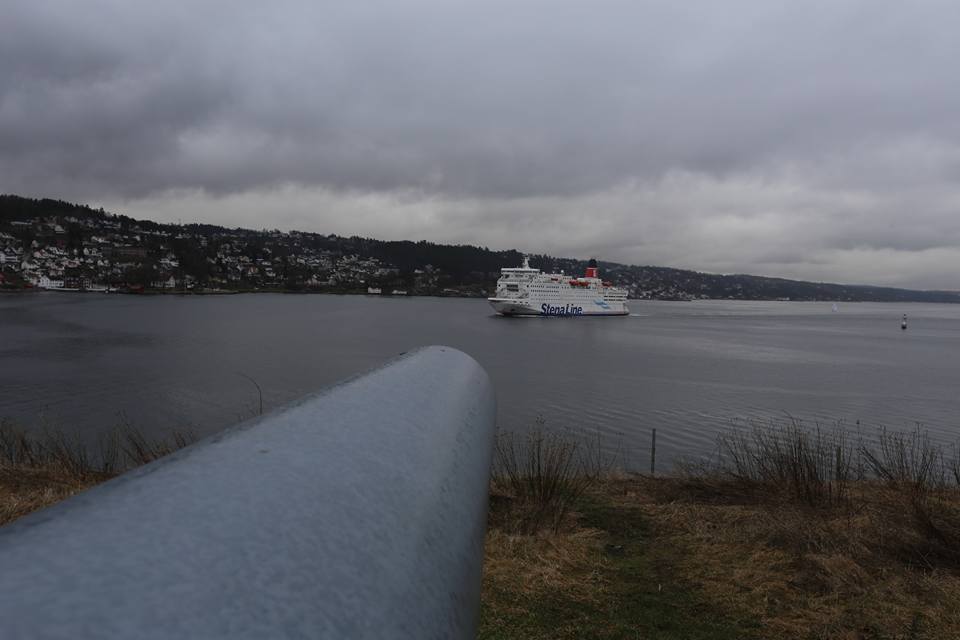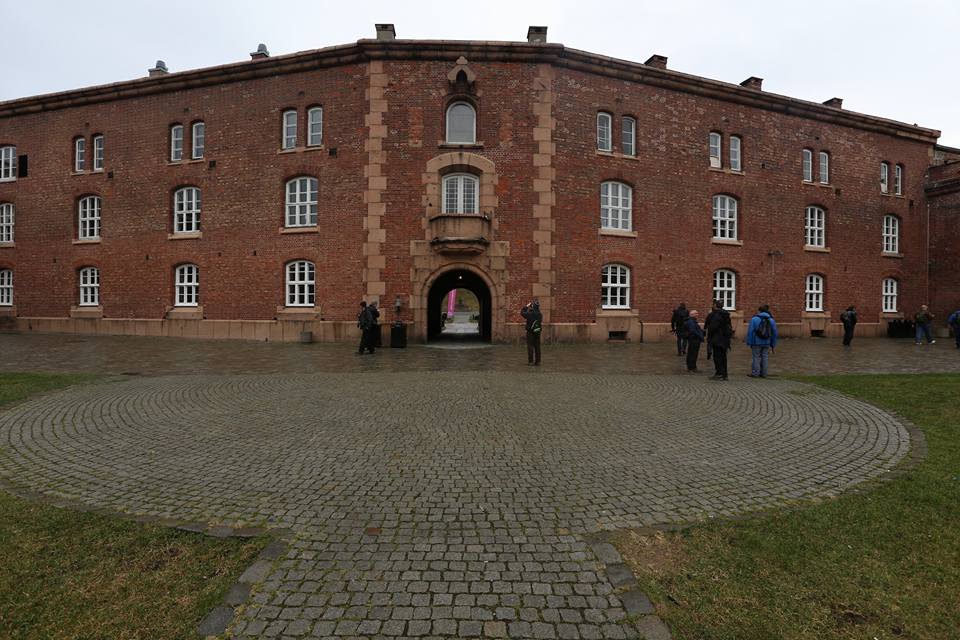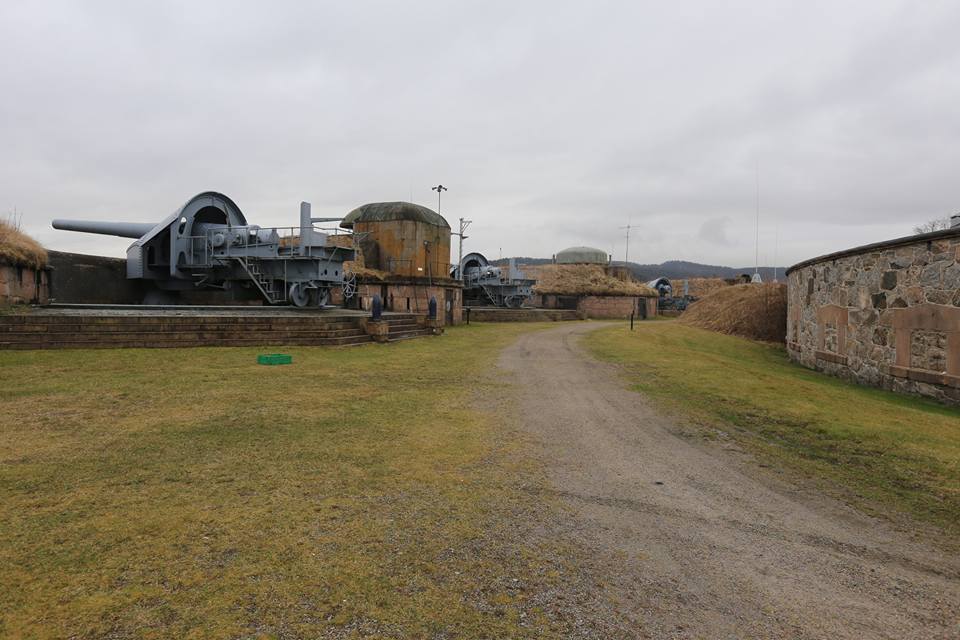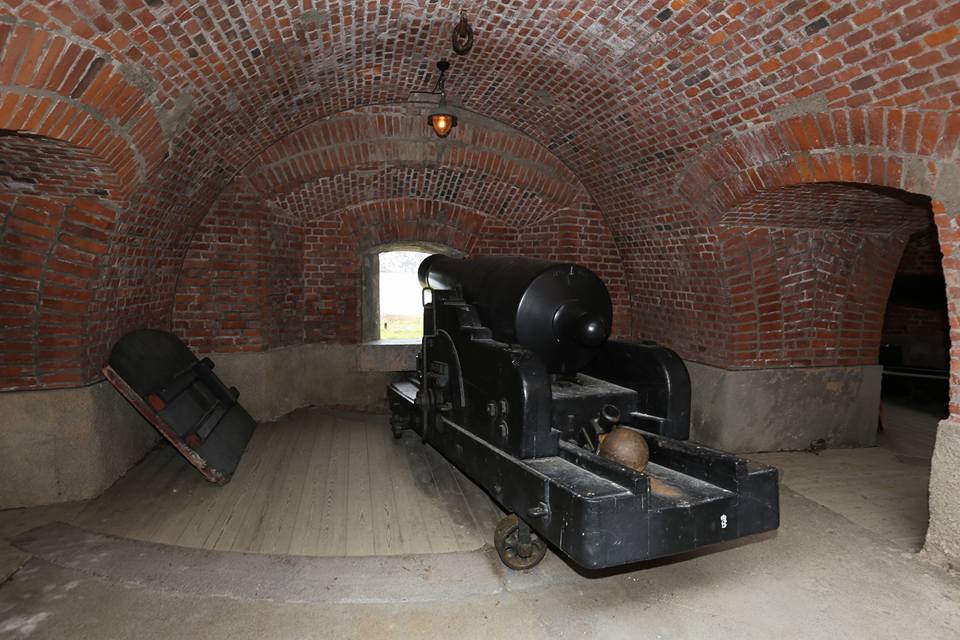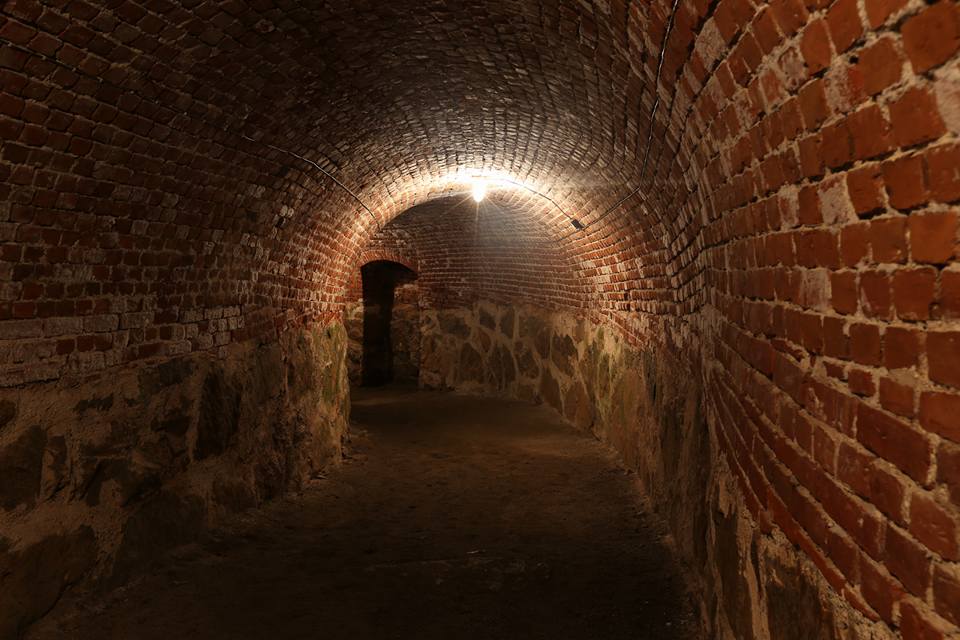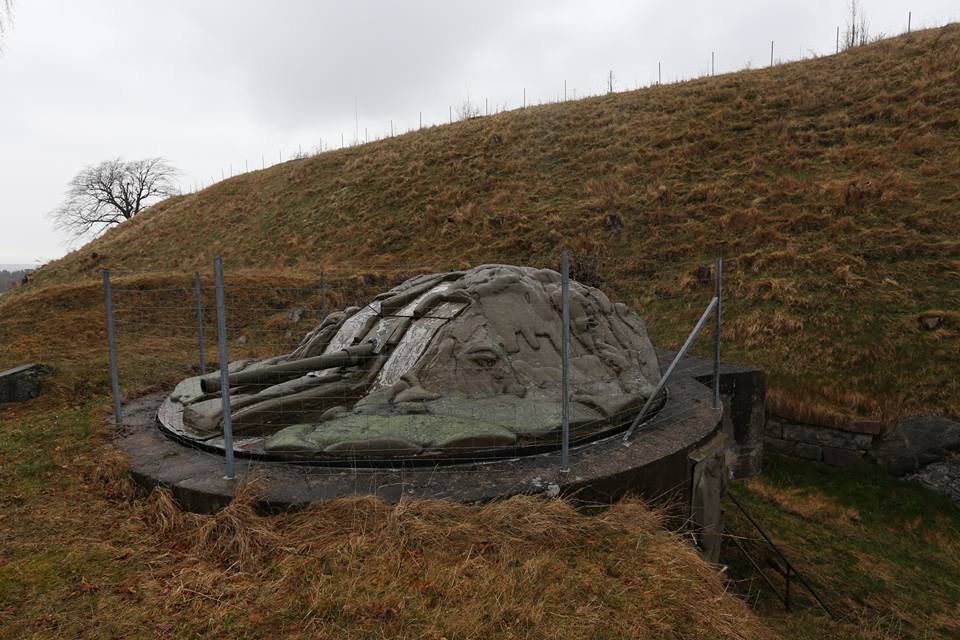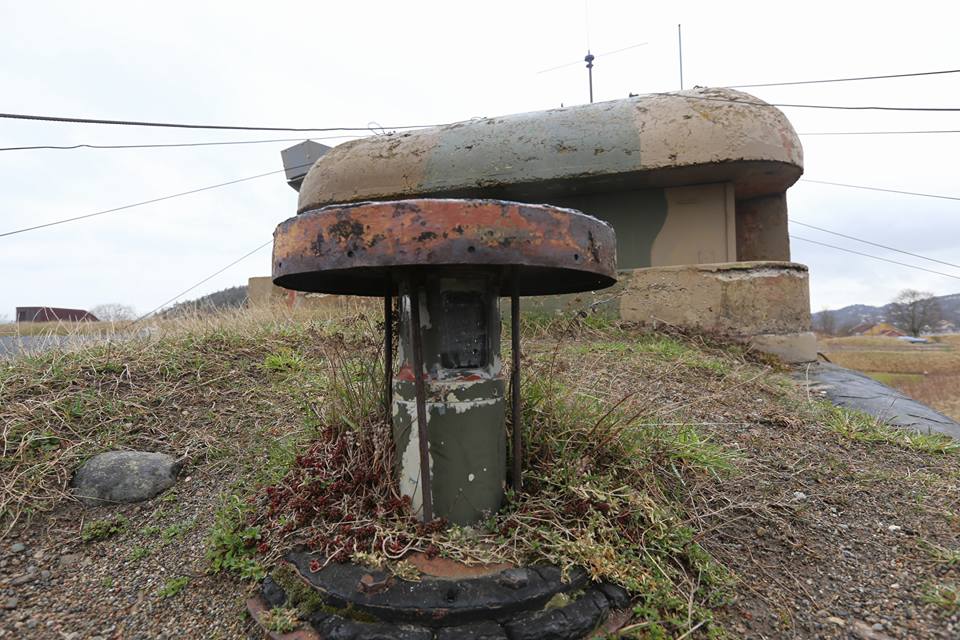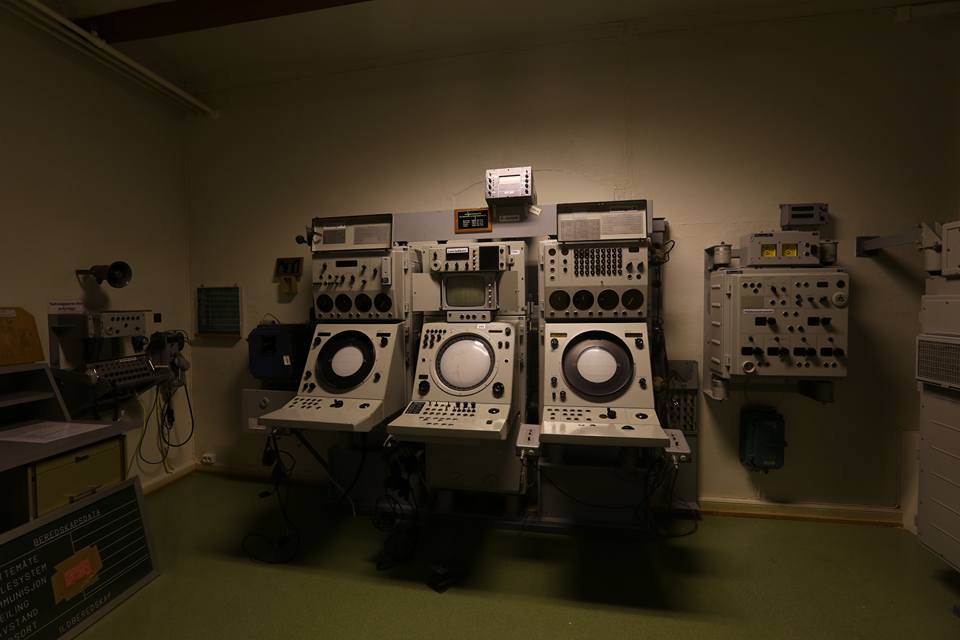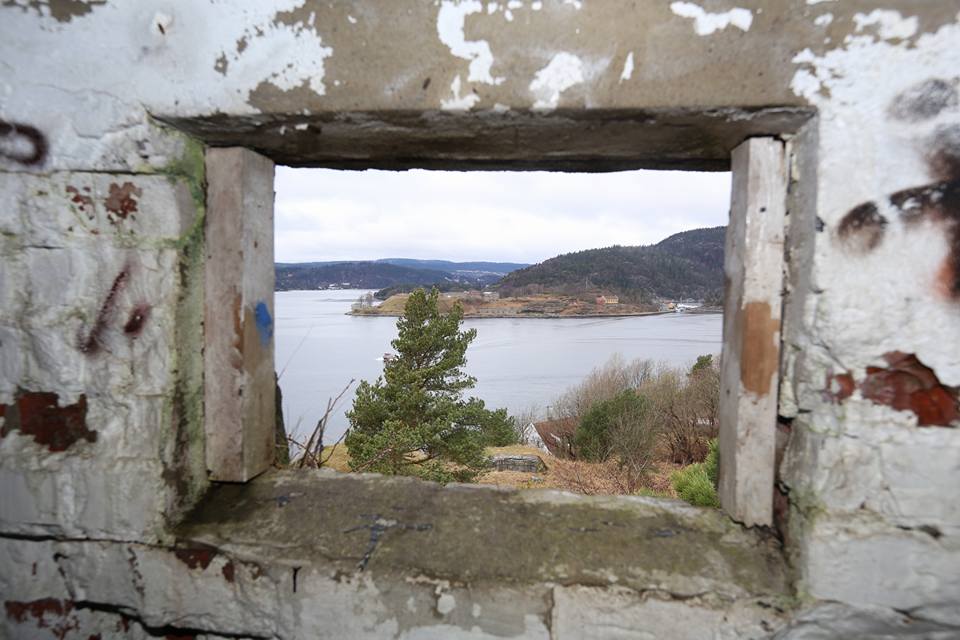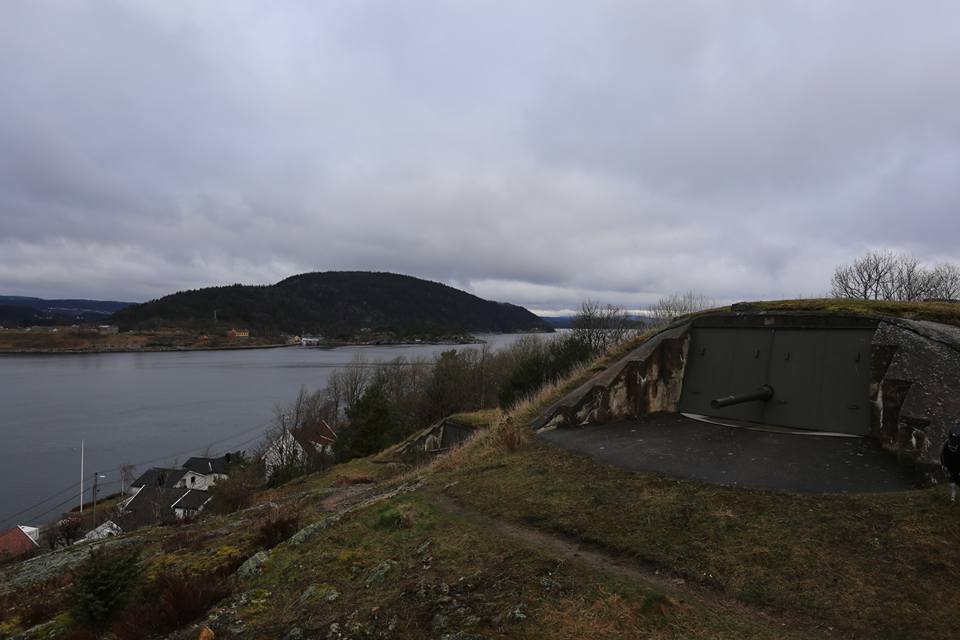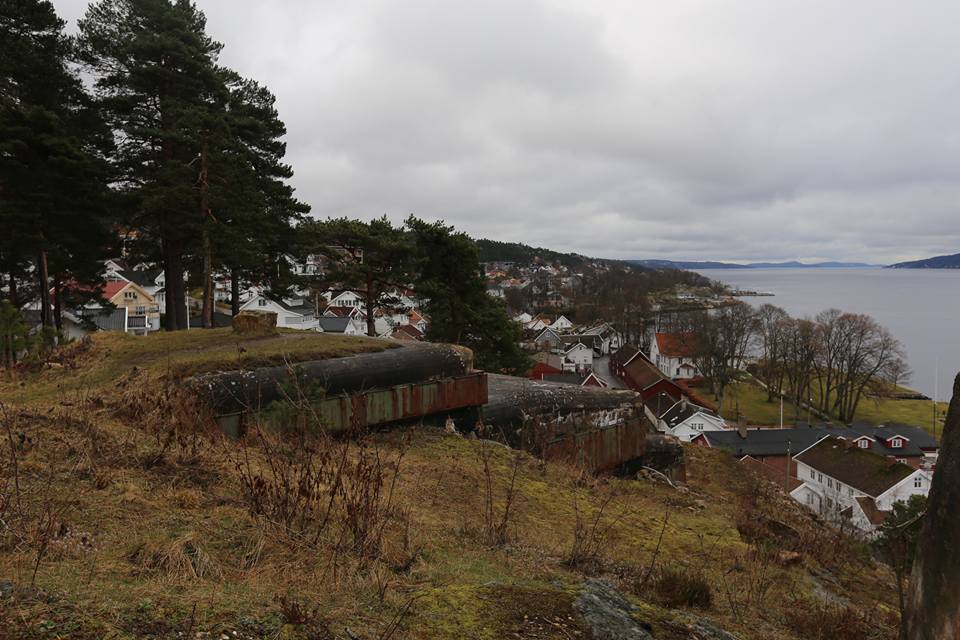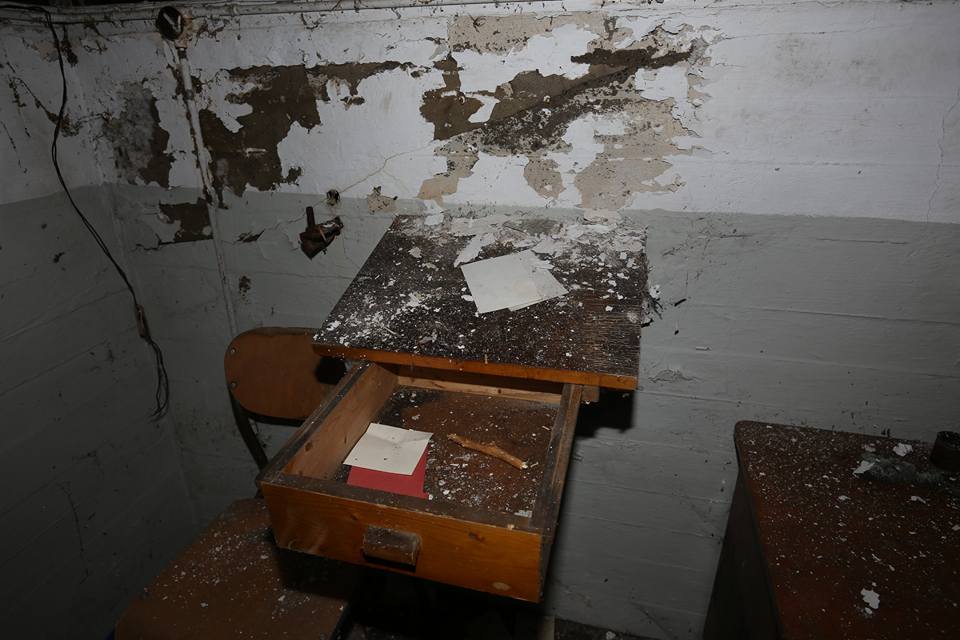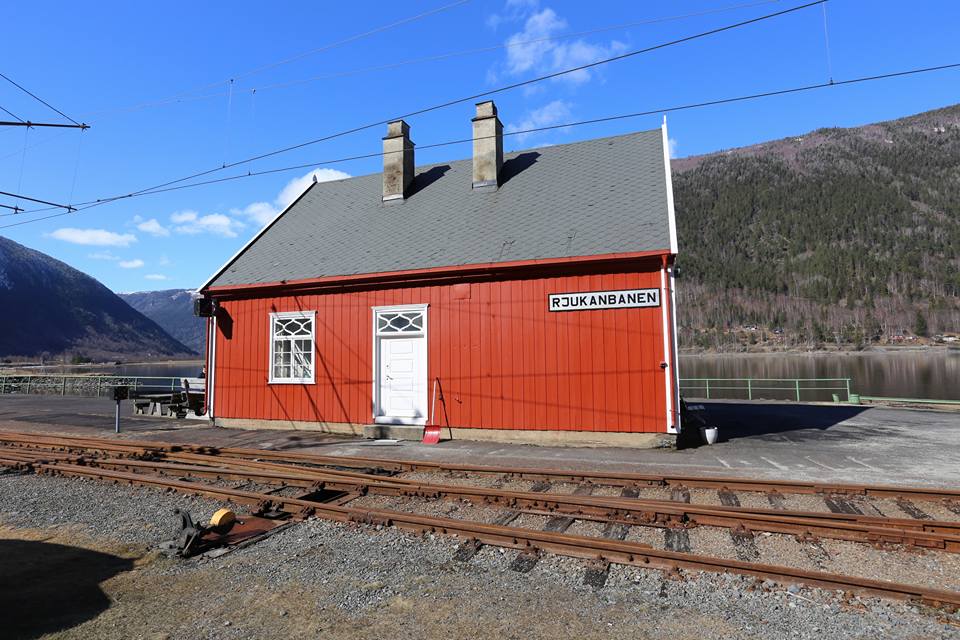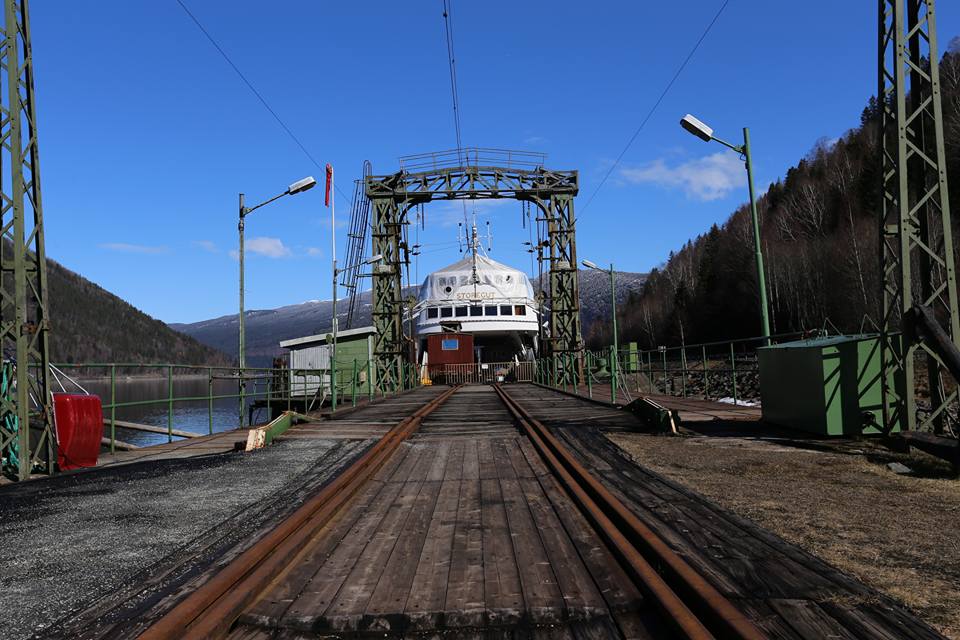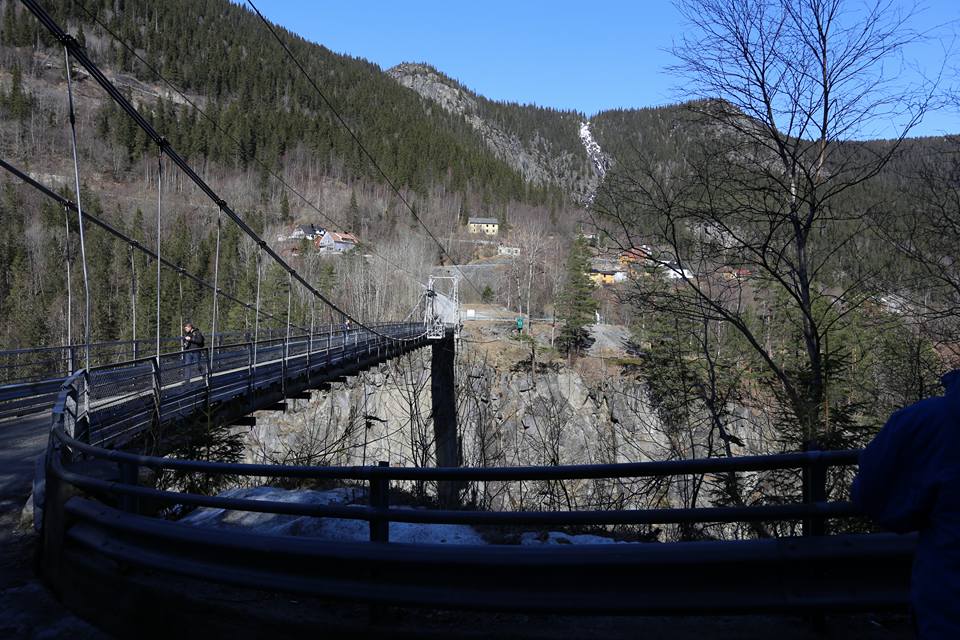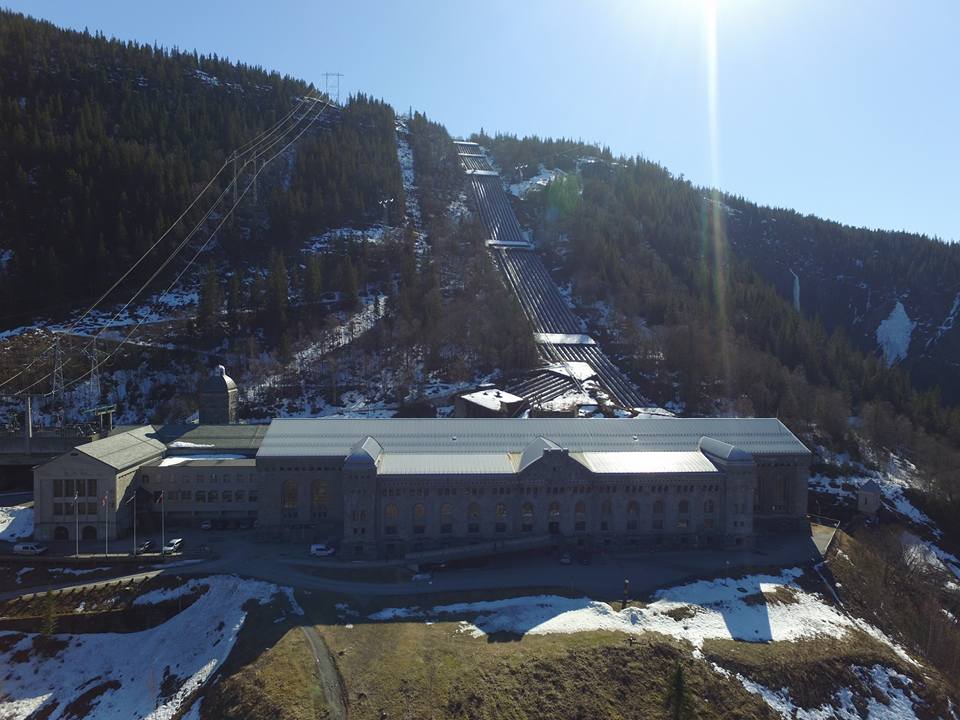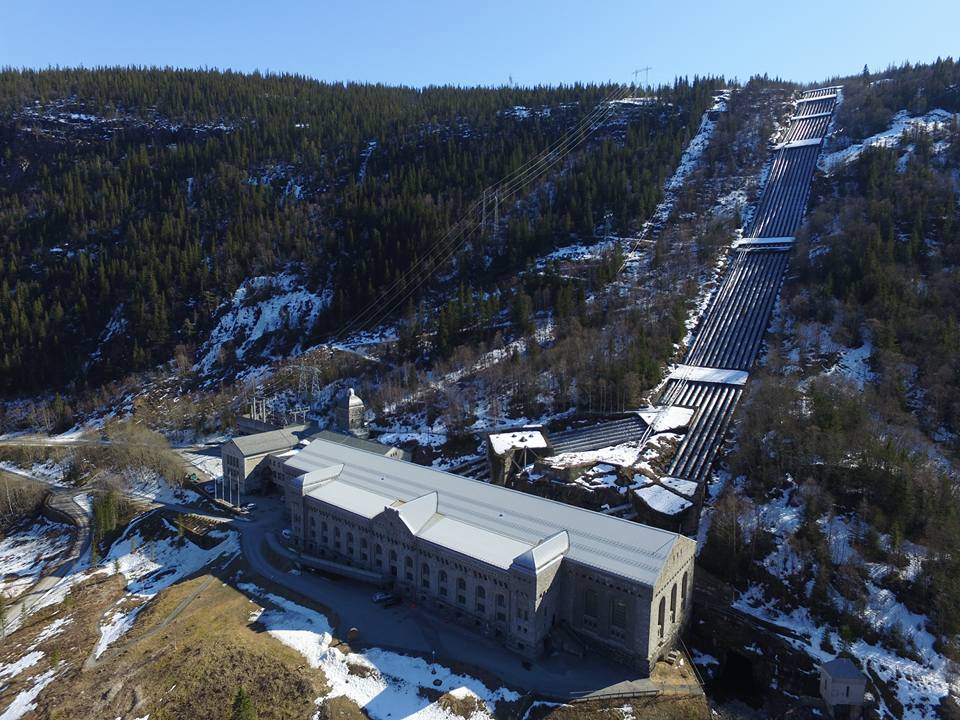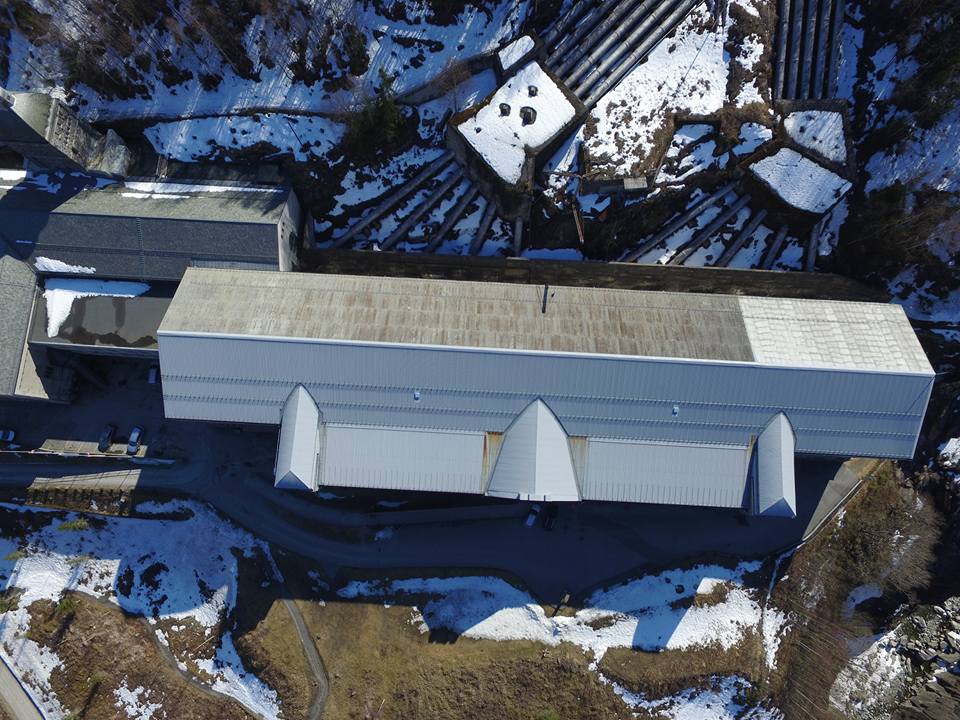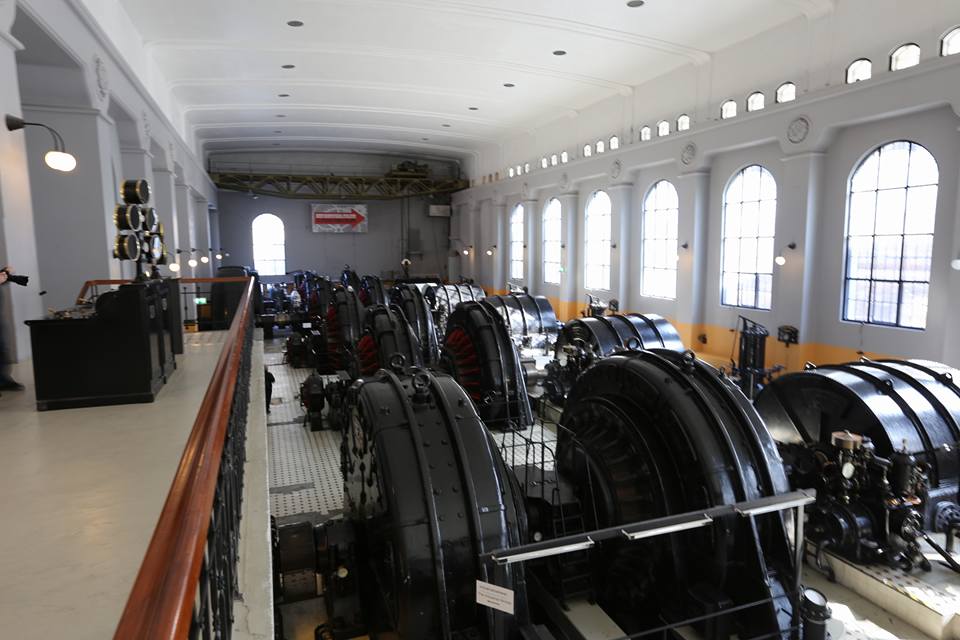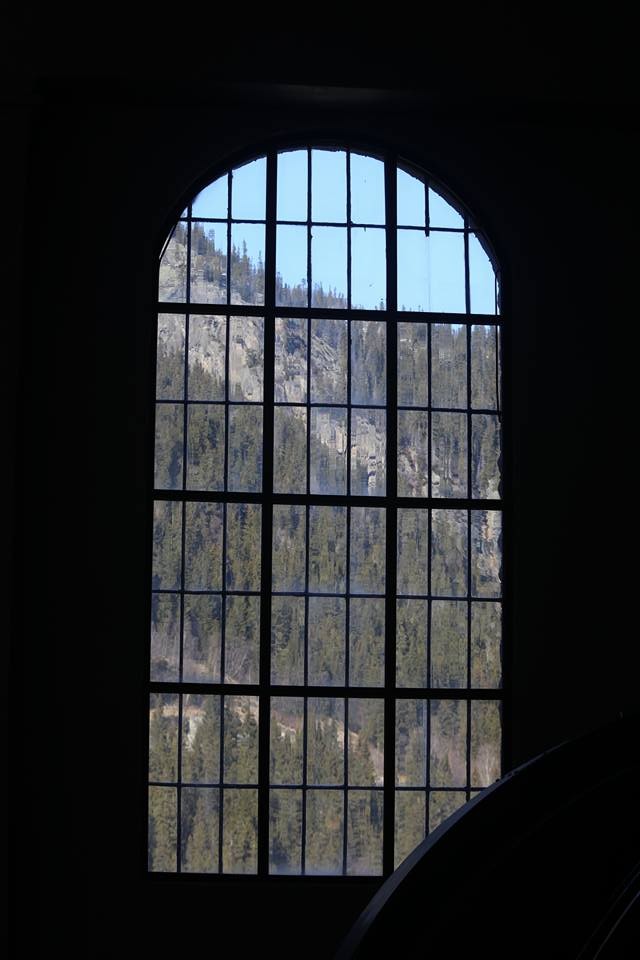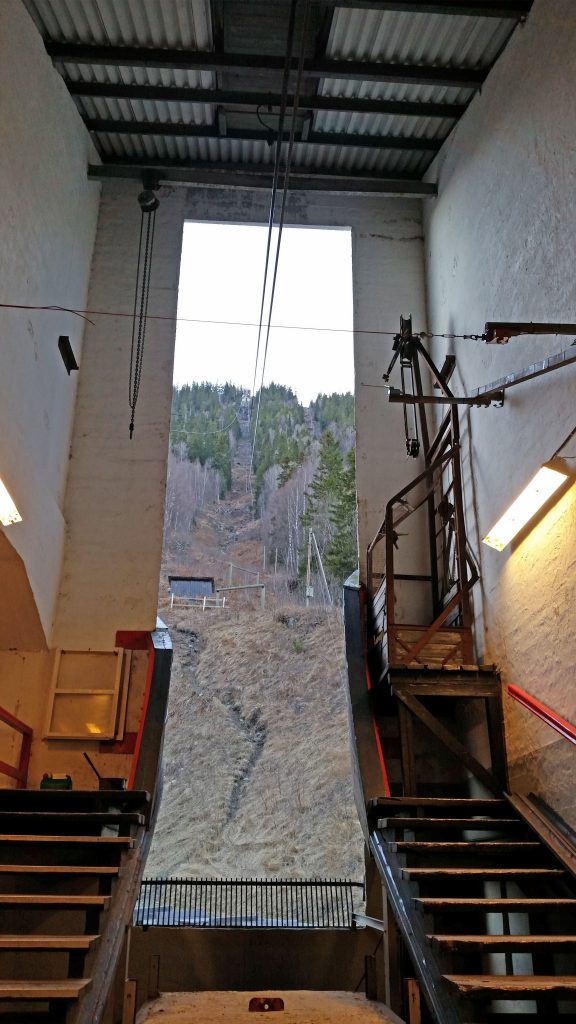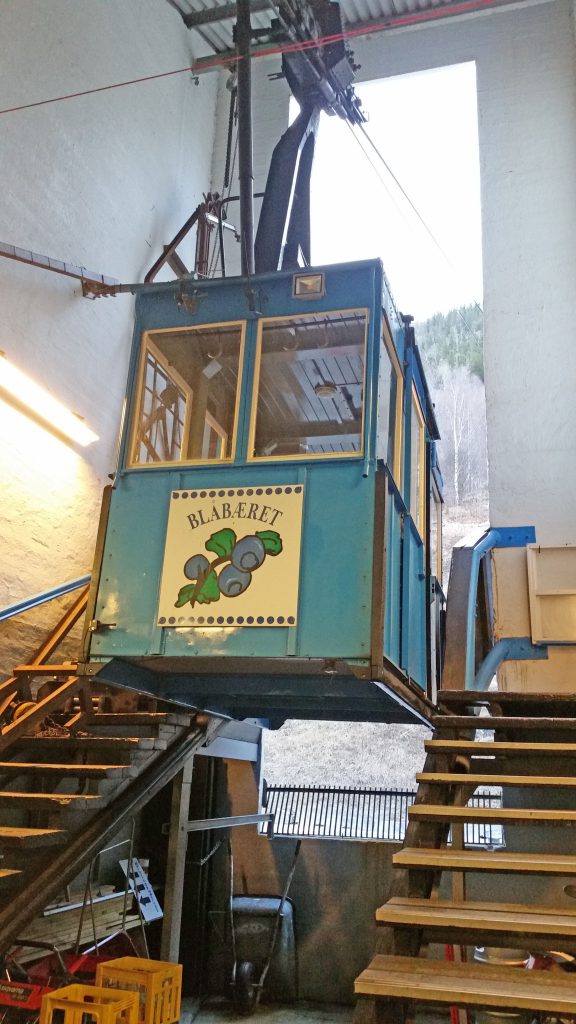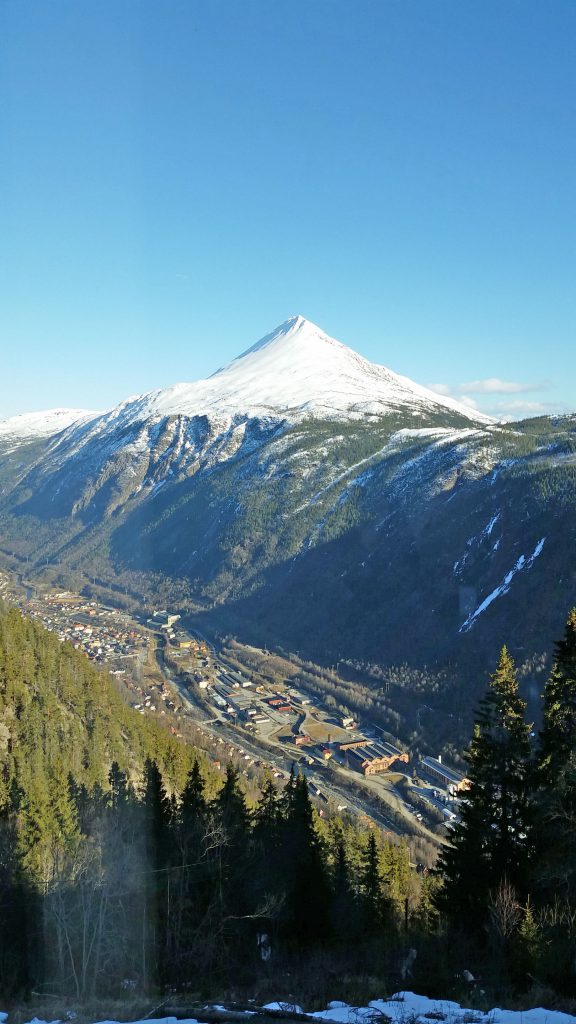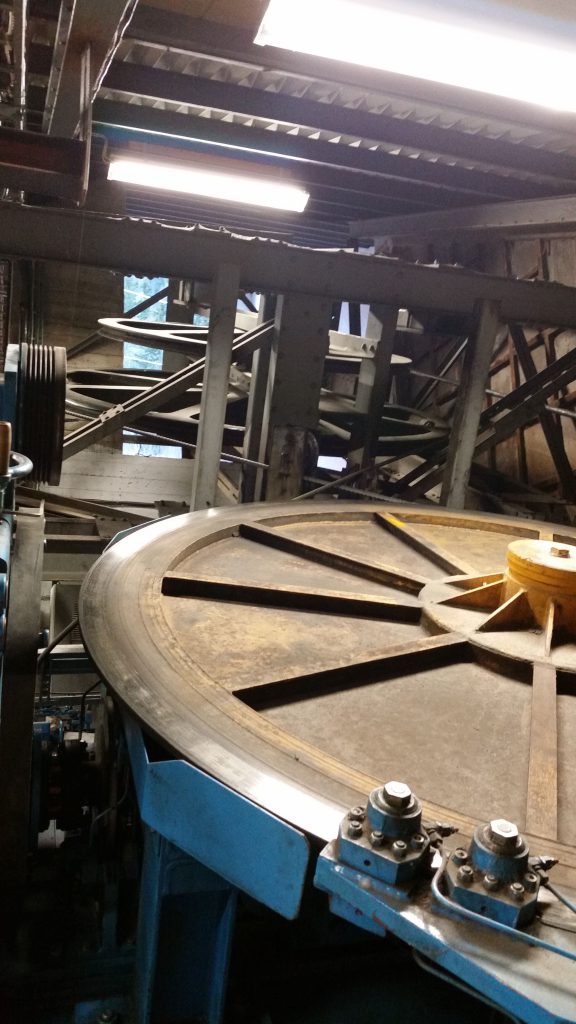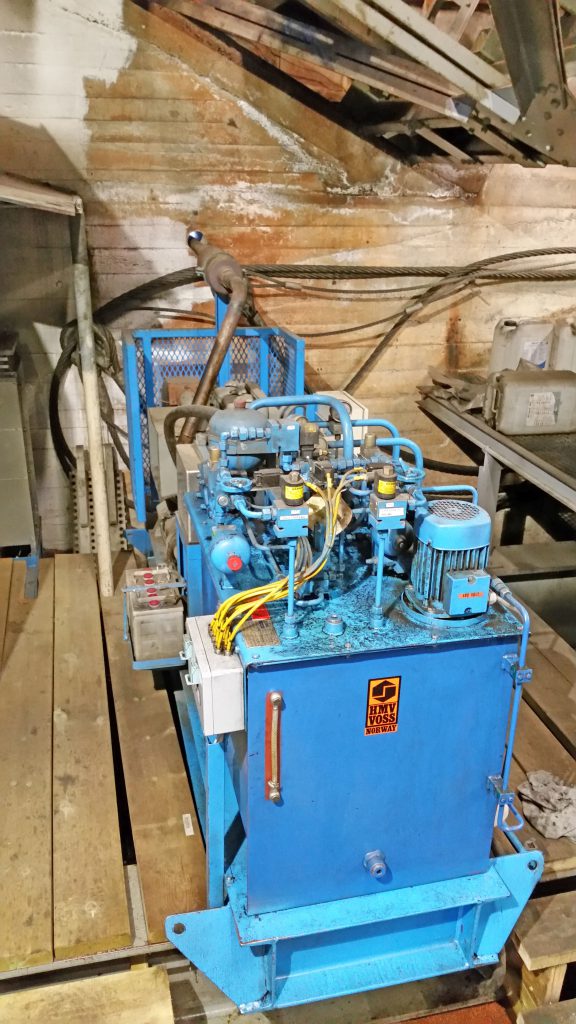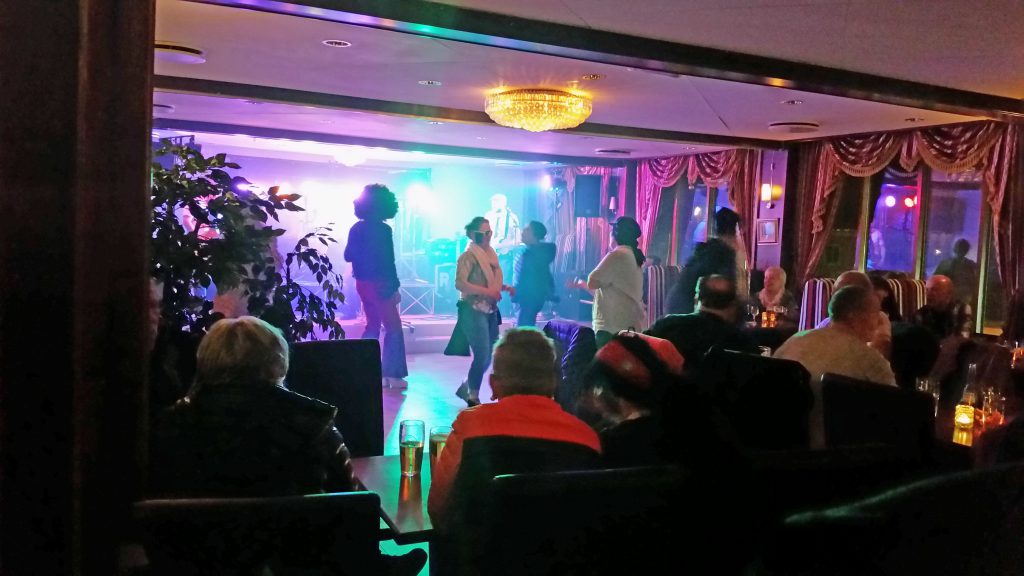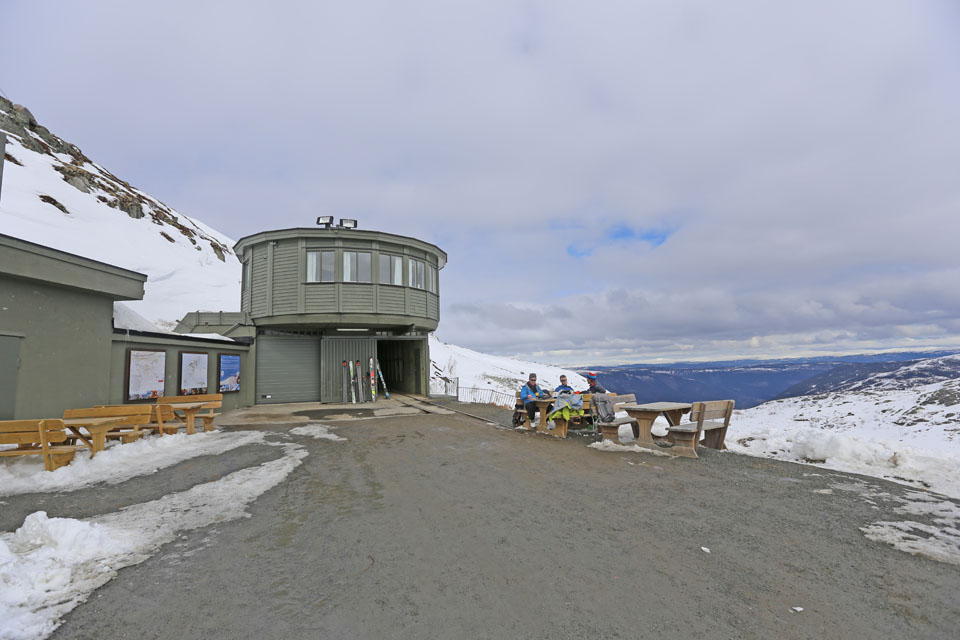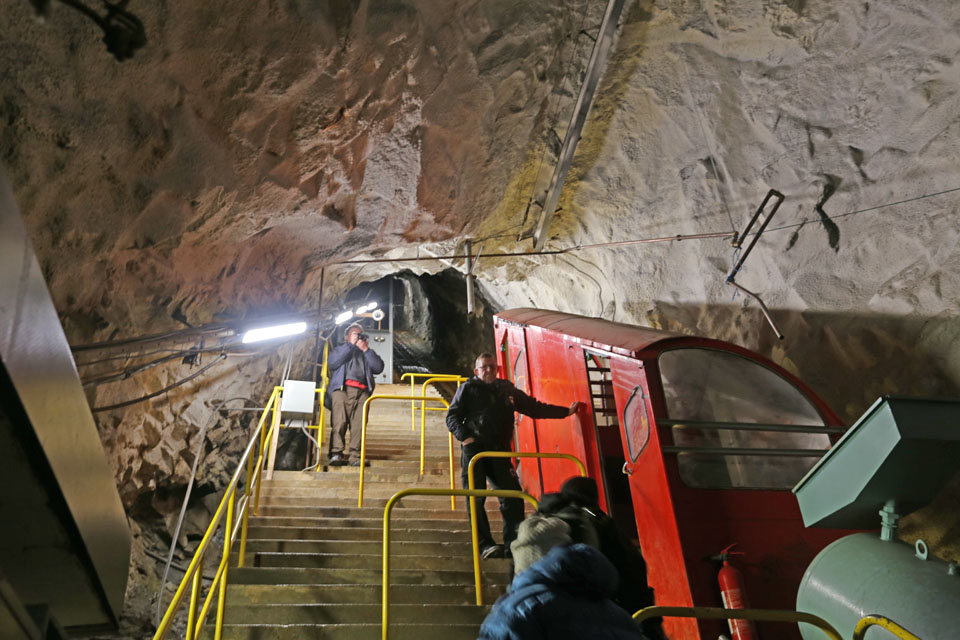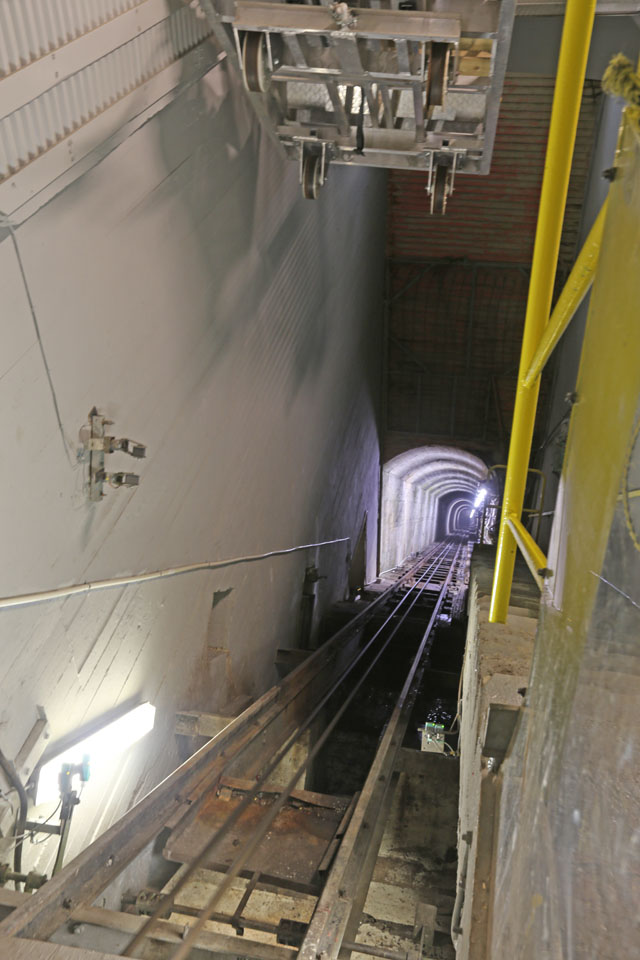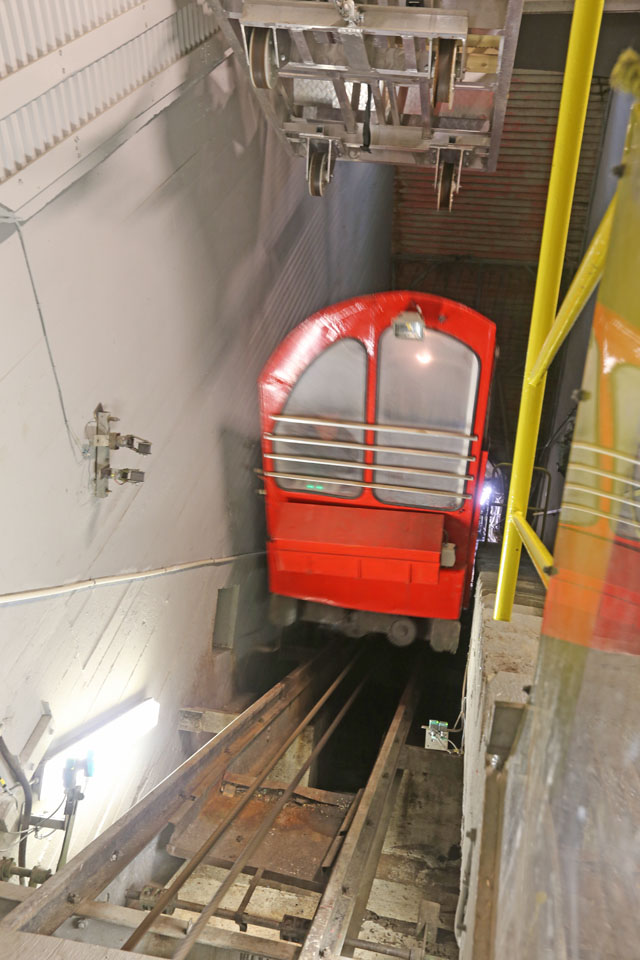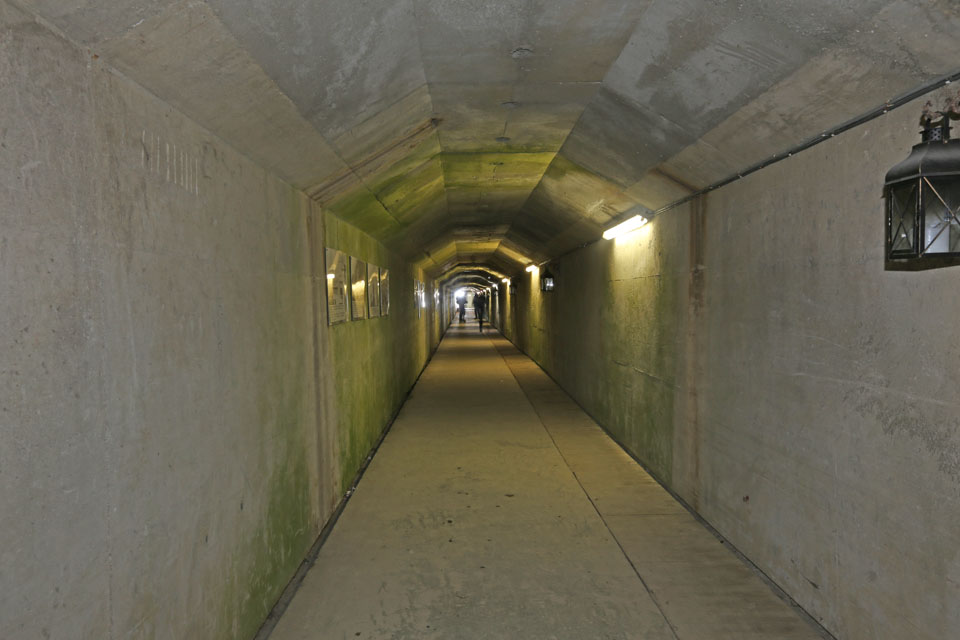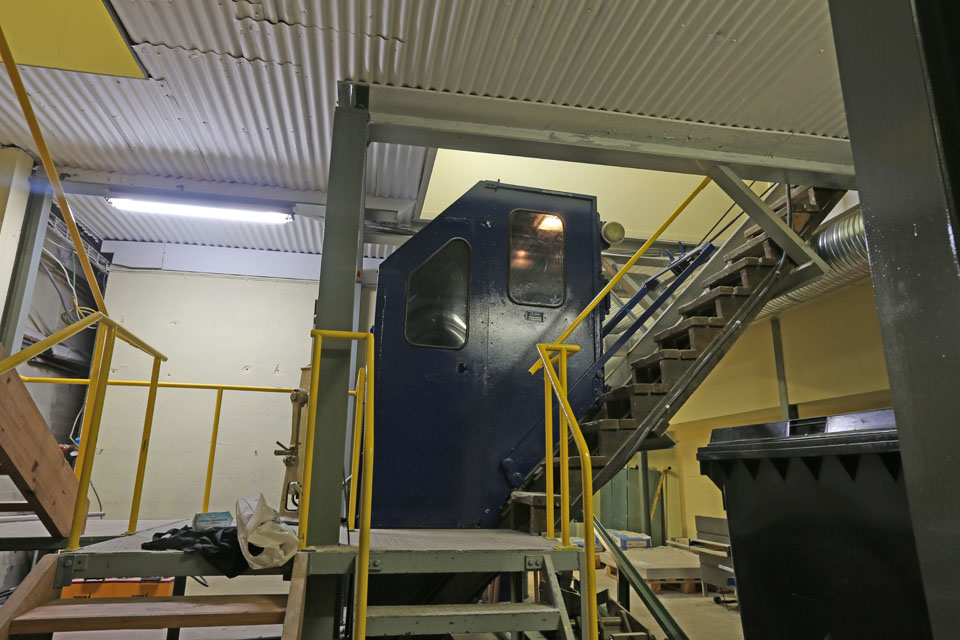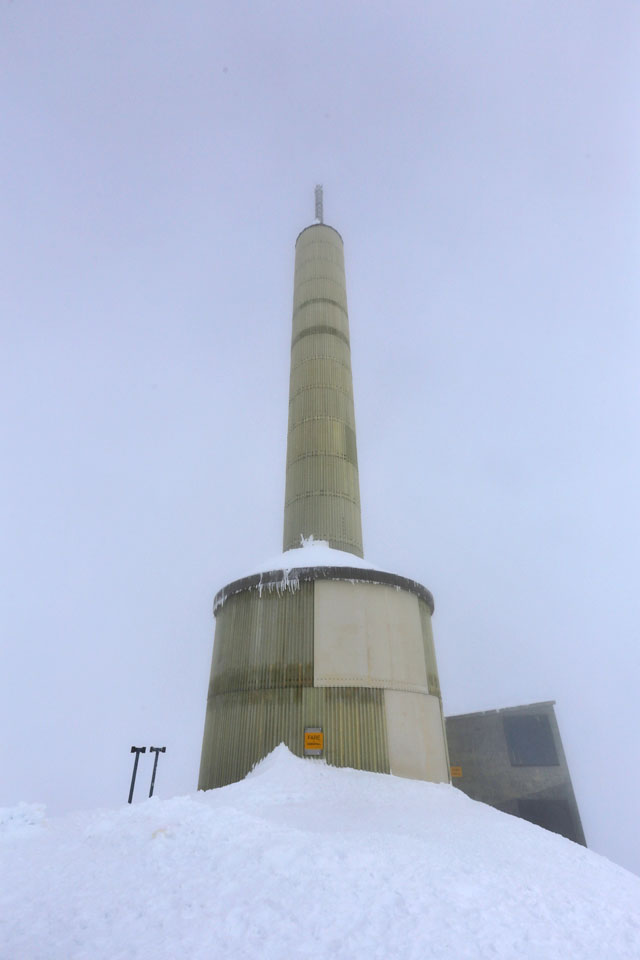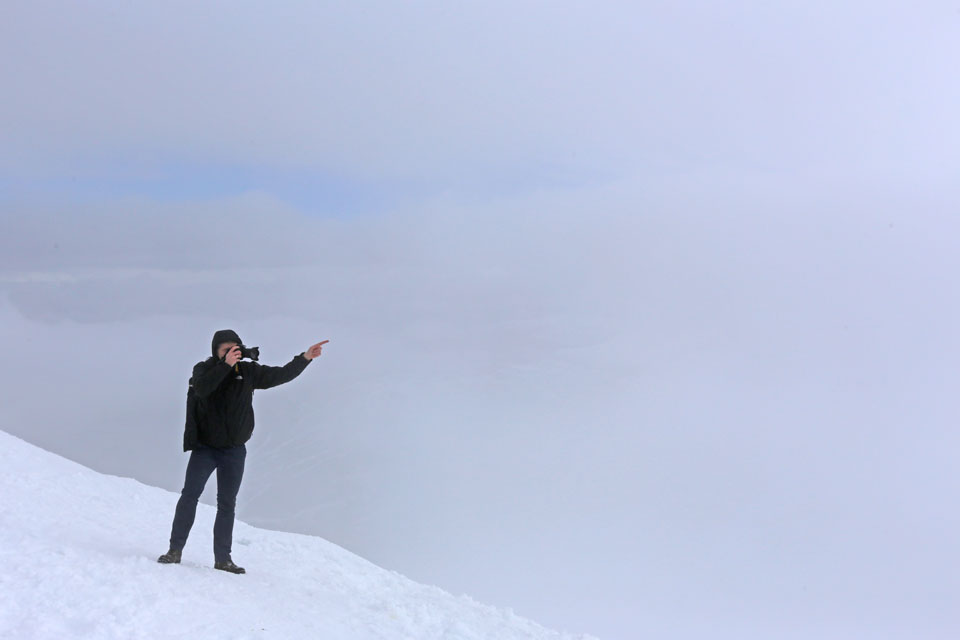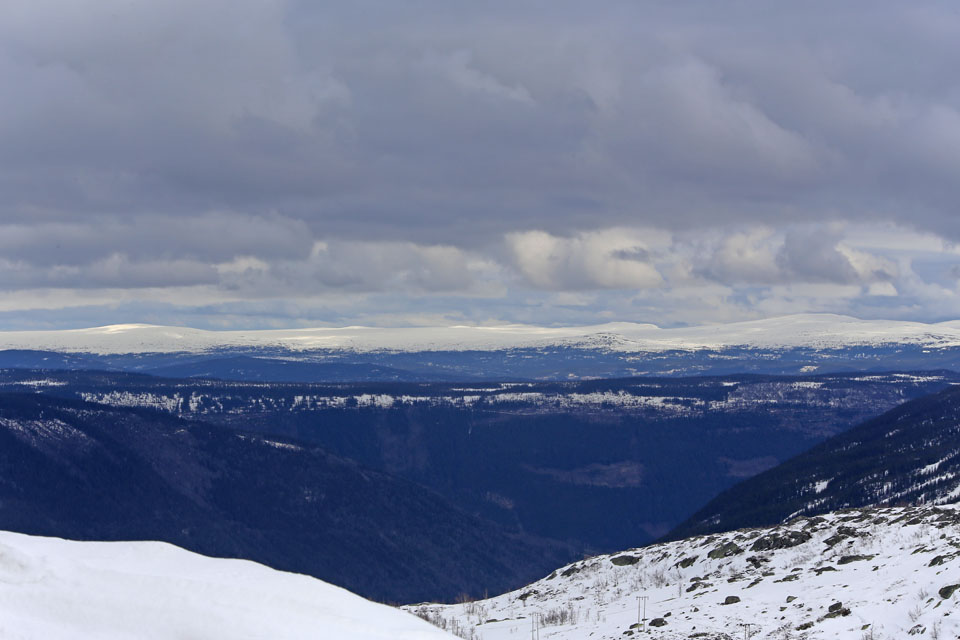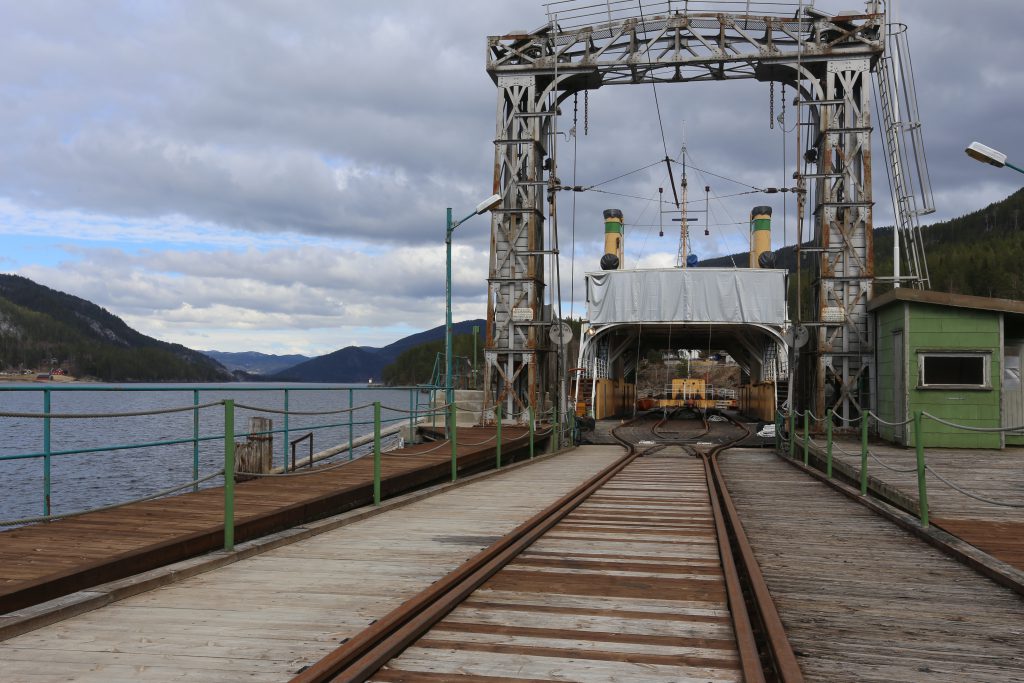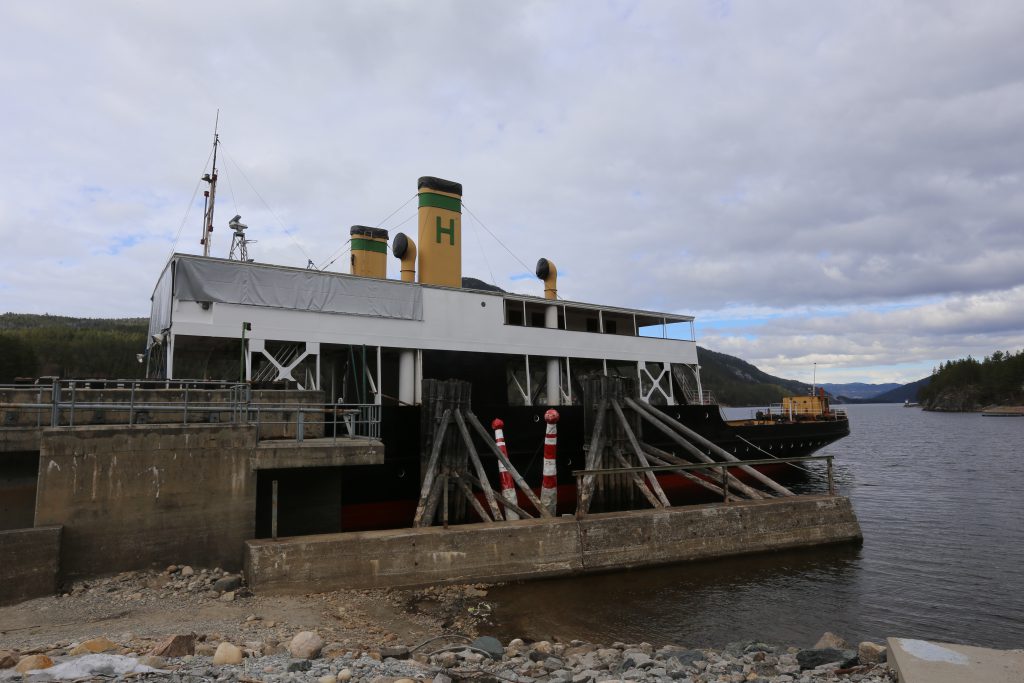14 bunker tourists gathered at 0900 at an address in downtown Oslo on the 8th April.
First of many visits during this weekend was a site for many years unknown and forgotten, even for the people working above it in the telephone exchange station. Underneath was one of 13 planned wartime communication centrals. This to be able to reconnect communication to the major and vital parts of Norway, including government, hospitals, military and civil defence. At least two more was built but if more came bejoind planningstage is uncertain.
Thanks to the telemuseum of Oslo we got into this extraordinary central, vital even though small in size. Video from NRK; http://www.nrk.no/dokumentar/xl/dommedagssentralen-1.12066516?autoplay=true.
After a short car trip we ended up in the Oslo commerce school, hosted in a building from the 1920’s. This whole building was overtaken by the Germans after 9/4 1940 and became their Headquarters for Norway. Obviously they also built bunkers. At least five is known from the surrounding blocks and one underneath the school itself.
Terboven and also Quissling had offices in the house and we got access to the nowaday principals office, former Terboven.
The bunker itself is now a museum, one floor but with eledged tunnel (s) to the other bunkers close-by, something that is investigated in this NRK program; http://www.nrk.no/dokumentar/xl/jakten-pa-nazi-bunkerens-hemmelighet-1.12036840?autoplay=true.
We now drove the 40 min south to the hotel in Drobak and managed to check in and park cars before walking 10 min to catch the ferry out to Oscarsborg where the Norwegian coastartillery museum is placed among several different guns from all over Norway. We had a guided tour followed by free time on the island but weather got worse and we headed back to the hotel well before the last ferry back.
On the morning of the 76 years aniversery of the German invasion we woke up to a nice breakfast and then headed to the old batteries on the mainland, that also fired at Blucher and the other ships in the invading fleet.
We then drove most of the 3h trip to Rjukan in one go. We stopped at the ferry-port where the heavy water train carriages was loaded on the Norsk Hydro ferries for the trip over the Tinnsjon. At this end of the lake a newer ship is placed as a museum over the sabotage from the Norwegian resistance to stop the heavy water to reach Germany. The ferry was blown up in the middle of the lake on 20th February 1944, killing 14 civilians.
After passing one of the longer towns we ended up at the parking for the Vemork powerplant, known for the German and Norwegian production of heavy-water. Also well known from the numerous British and resistance attempts to stop production, a vital part in postponing the progress of German nuclear production. We walked over the famous bridge and up the steep slope, same way as the saboteurs and visited the museum for a few hours.
For dinner we took the Krossobanen Cable-car up to around 1000 meter for a good meal with astonishing views. On the way down all our questions about the Cable-car made the operator willing to show us the engine-room. He told us that under one of the counterweights for the cable the father of one of the saboteurs hid radio Equipment from the Germans.
Back in Rjukan for a party night, this came to be the Sun Party night. Lots of people celebrating that the sun had returned to Rjukan only a few weeks earlier. With the narrow valley and the high mountains the village experience polar-night even though they are in the Southern part of Norway and far from the Arctic circle. When most of us turned into bed that night the newly-made-up slogan ”What happens on the Sun party stays in Rjukan” sounded just about right!
10 april: After breakfast we boarded the Gaustabanan inside Gaustatoppen. Nowadays a transport for skiing, during the cold war for personnel to the NATO site inside the mountain. To start with this along with the Krossobanen should have been a favor for the people living and working in Rjukan. Both to be able to see the sun earlier and also go skiing from the top. The community told the idea to the military in an attempt to share costs. It ended with the military doing all on their own and closing the whole Gausta area to the public. It is still not possible to visit the ex-NATO parts of the mountain, although we had a sneak peek at the kings elevator.
Early mid-day we splitted up and headed back home. Some of us stopped at the other end of lake Tinnsjo to look at the sister-ship to the one that was blown up in 1944.
